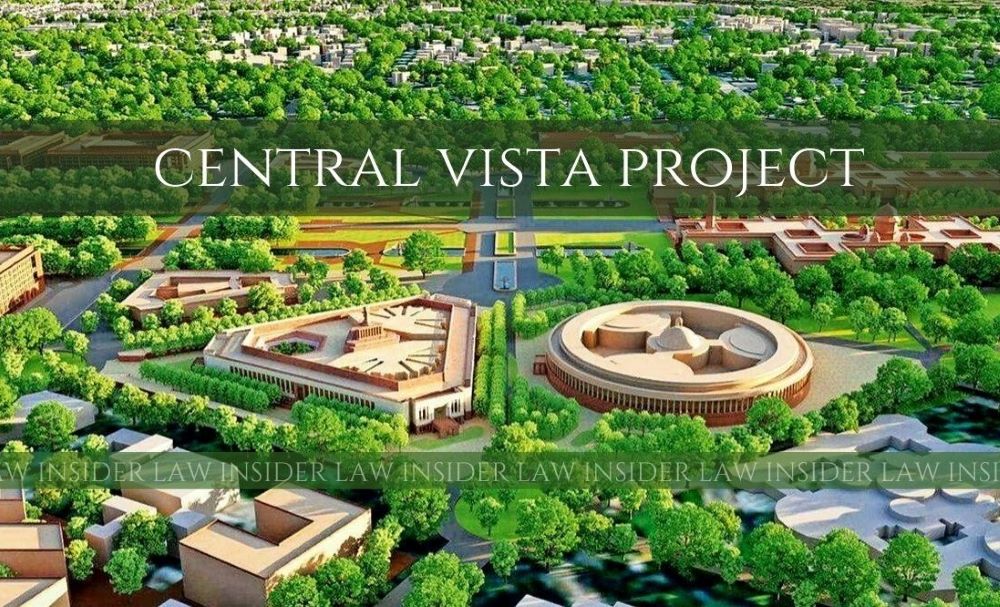LI Network
Published on: 28 May 2023 at 20:11 IST
The Central Vista, a grand undertaking to revamp the nation’s power corridor, encountered numerous legal obstacles in recent years.
This comprehensive redevelopment project, which encompasses the new Parliament building unveiled on Sunday, faced various legal challenges.
The initiative was initially announced in September 2019, and on December 10, 2020, Prime Minister Narendra Modi laid the foundation stone for the new Parliament building.
Throughout the course of the project, all disputes and controversies related to it consistently found themselves being brought before the Delhi High Court and the Supreme Court.
The most recent instance involves a Public Interest Litigation (PIL) filed by a lawyer, who sought an order from the court directing the Lok Sabha Secretariat to inaugurate the new Parliament building with the presence of President Droupadi Murmu.
Just prior to Prime Minister Modi’s inauguration of Parliament, a vacation bench of the Supreme Court dismissed a Public Interest Litigation (PIL) filed by lawyer Jaya Sukin from Tamil Nadu.
The Central Vista project, initiated by the NDA government, also includes plans for a unified central secretariat and the revitalization of the three-kilometer-long Rajpath, stretching from Rashtrapati Bhavan to India Gate.
Legal challenges against the project began in 2020 when Rajeev Suri, Anuj Srivastava, and others filed a case in the Delhi High Court. They contested the grant of Environmental Clearance, approval by the Delhi Urban Art Commission (DUAC), and the Heritage Conservation Committee’s decision regarding land use change under the DDA Act, as well as the selection of the design consultant.
On February 11, 2020, Justice Rajiv Shakdher, a single judge of the high court, directed the Delhi Development Authority (DDA) to seek court permission before implementing any changes to the Master Plan for the project.
The Central government challenged this order before a division bench of the high court, which stayed the single judge’s directive to the DDA on February 28, 2020.
Subsequently, in March 2020, the Supreme Court transferred the case from the Delhi High Court to itself, citing “larger public interest.” The apex court also heard other fresh petitions challenging the Central Vista project concurrently.
On January 5, 2021, the Supreme Court delivered its majority verdict, with a 2:1 majority in favor of granting approval for the Rs 13,500-crore Central Vista revamp project. The court ruled that there were no flaws in the grant of environmental clearance and permissions for land use change.
The majority verdict emphasized that the court should not abruptly halt policy implementation and that the judiciary should not intervene in matters of governance.
Justice Sanjiv Khanna dissented from the majority judgment, raising concerns about the failure to obtain prior approval from the Heritage Conservation Committee (HCC) and emphasizing that public participation should not be a mere formality.
In April 2021, translator Anya Malhotra and historian and documentary filmmaker Sohail Hashmi filed a PIL in the Delhi High Court, seeking a suspension of construction work due to health and safety concerns amid the second wave of the COVID-19 pandemic.
On May 31, 2021, the bench of Chief Justice DN Patel and Justice Jyoti Singh allowed the construction work to proceed, deeming the project a crucial and essential national undertaking. The high court dismissed the PIL and imposed costs of Rs 1 lakh on the petitioners. The Supreme Court declined to entertain an appeal against the high court’s order and refused to lift the imposed costs.
The Supreme Court also addressed pleas challenging the design of the lion statue atop the new Parliament building, ruling that it did not violate the State Emblem of India (Prohibition of Improper Use) Act, 2005. The petitioners had argued that the lions in the emblem appeared aggressive and ferocious, with open mouths and visible canines, whereas the lion sculptures at Sarnath, the original source of the national emblem, looked calm and composed.
Lastly, Jaya Sukin, an advocate, filed a PIL seeking a direction to the Lok Sabha Secretariat for the inauguration of the new Parliament building by President Droupadi Murmu.
The new Parliament building, constructed at an estimated cost of Rs 1200 crore, can accommodate 888 members in the Lok Sabha chamber and 300 in the Rajya Sabha chamber. In the case of a joint session, the Lok Sabha chamber can accommodate a total of 1,280 members.

